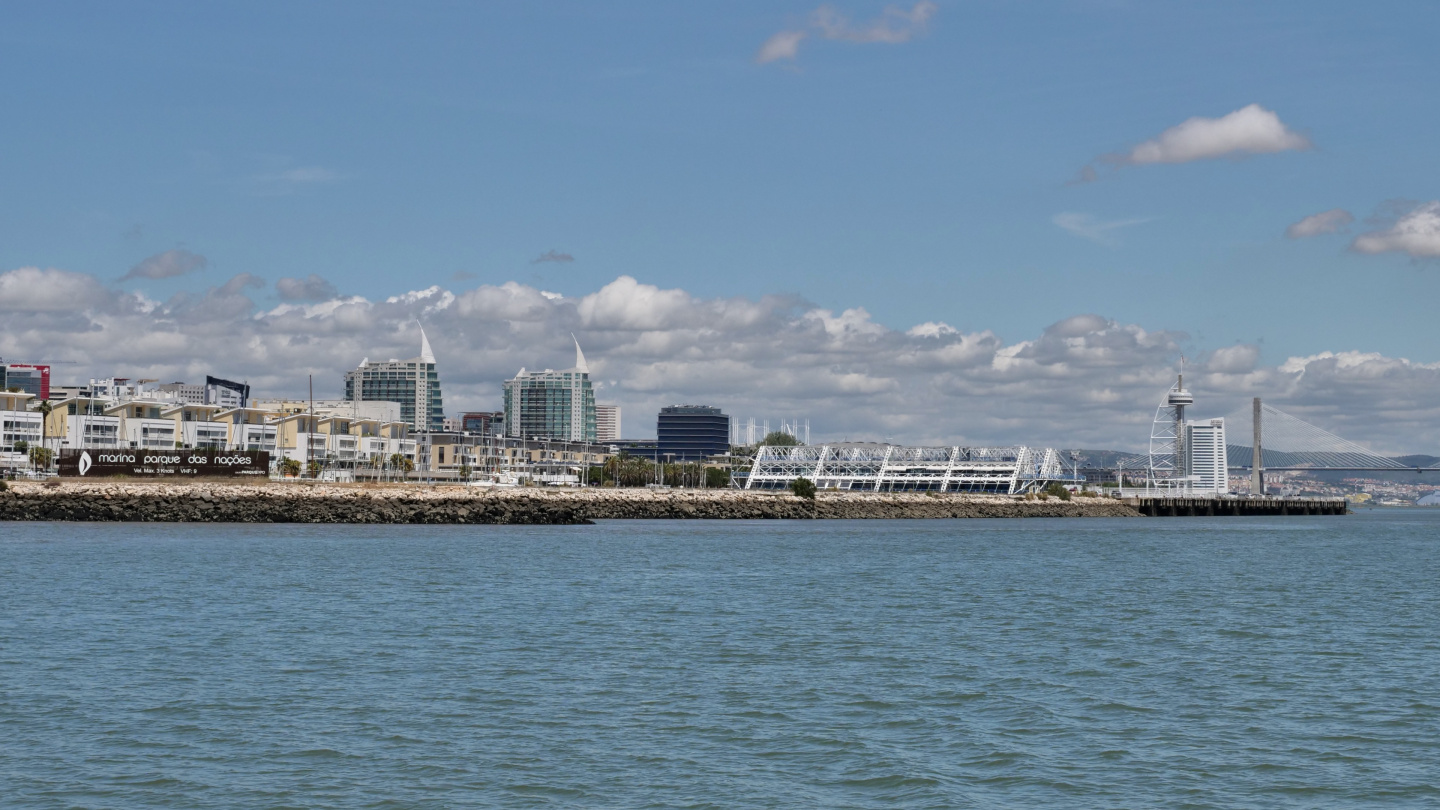The boat has been alone in the marina so long that our biggest worry was the condition of the fuel. Is there a diesel bug in the tanks? Modern diesel fuels always contain some percentages of biodiesel otherwise known as FAME diesel that is hygroscopic. In other words, it absorbs moisture from the air. Water can also enter tanks from new fuel. And water in fuel is perfect base for growing various algae’s that can block filters or injectors.
The algae in diesel, sometimes also called diesel bug, is always a big concern for long distance sailors. We added a fuel polishing system to Suwena back in Germany. When we arrived onboard in March, one of the first things was to check the fuel. We ran each tank for an hour so that the fuel was circulated through the filter several times for sure. What a relief, filters remained clear without any black ooze and no water. If there would have been any algae, we might not depart from Lisbon for another year.
Also, the condition of the bottom especially propeller and thrusters were another worry. How much “seafood” Suwena has been growing? Three years is a long time to keep the boat stationary in marina without lifting her up for cleaning. When we tried to put the engine into gear, the propeller was shaking violently. Marineros were very helpful to recommend a diver and soon he was examining Suwena’s hull underwater. He said that the hull itself was in good condition and it only needs pressure wash. The propeller and the bow thruster were scraped clean but the stern thruster was so full of mussels that it’s impossible to clean it now and must be done at a boatyard.
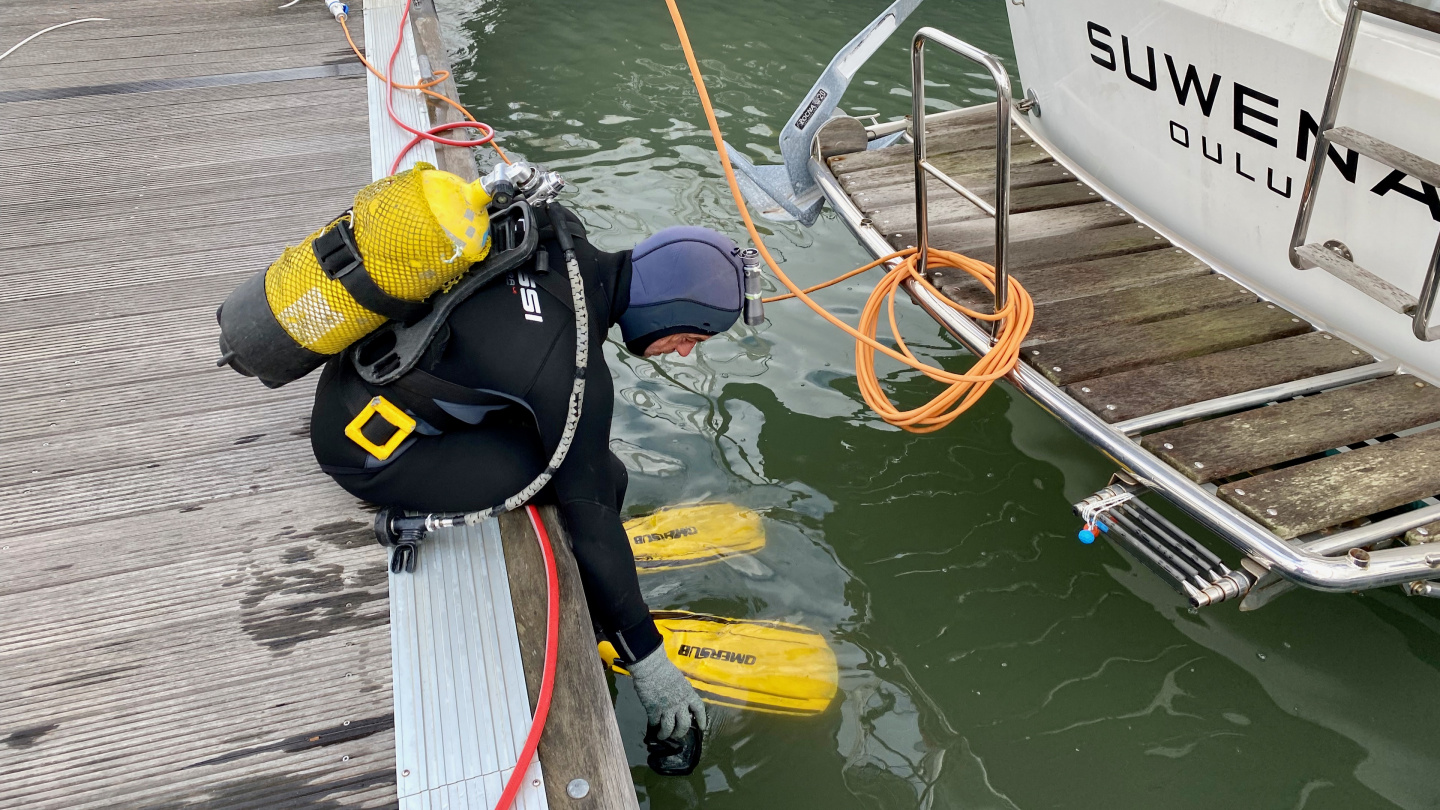
Otherwise, the boat was in quite a good condition. Of course, the deck was extremely dirty. Andrus had to wash it and brush it for several days from bow to stern before it started to look a little like Suwena again. Internally everything was fine, dry, and smelled of good teak. There were some dust of course but surprisingly little considering that the boat has been staying three years in the middle of the city. While Andrus were cleaning the deck I had more than enough work to clean each cupboard one at a time.
Other major cleaning projects were lines, dinghy and fenders. Dinghy was hanging in davits looking totally miserable. There were half-empty extremely dirty tubes resting on top of aluminum hull. We used every imaginable detergent, but the dinghy still looks rather worn down now. The Sun had burned the dirt solidly into the tubes. Fenders had also been hugging Suwena’s sides and the grime had scratched both the fenders and the boat’s sides. No can do, we must order the new ones from SVB urgently.
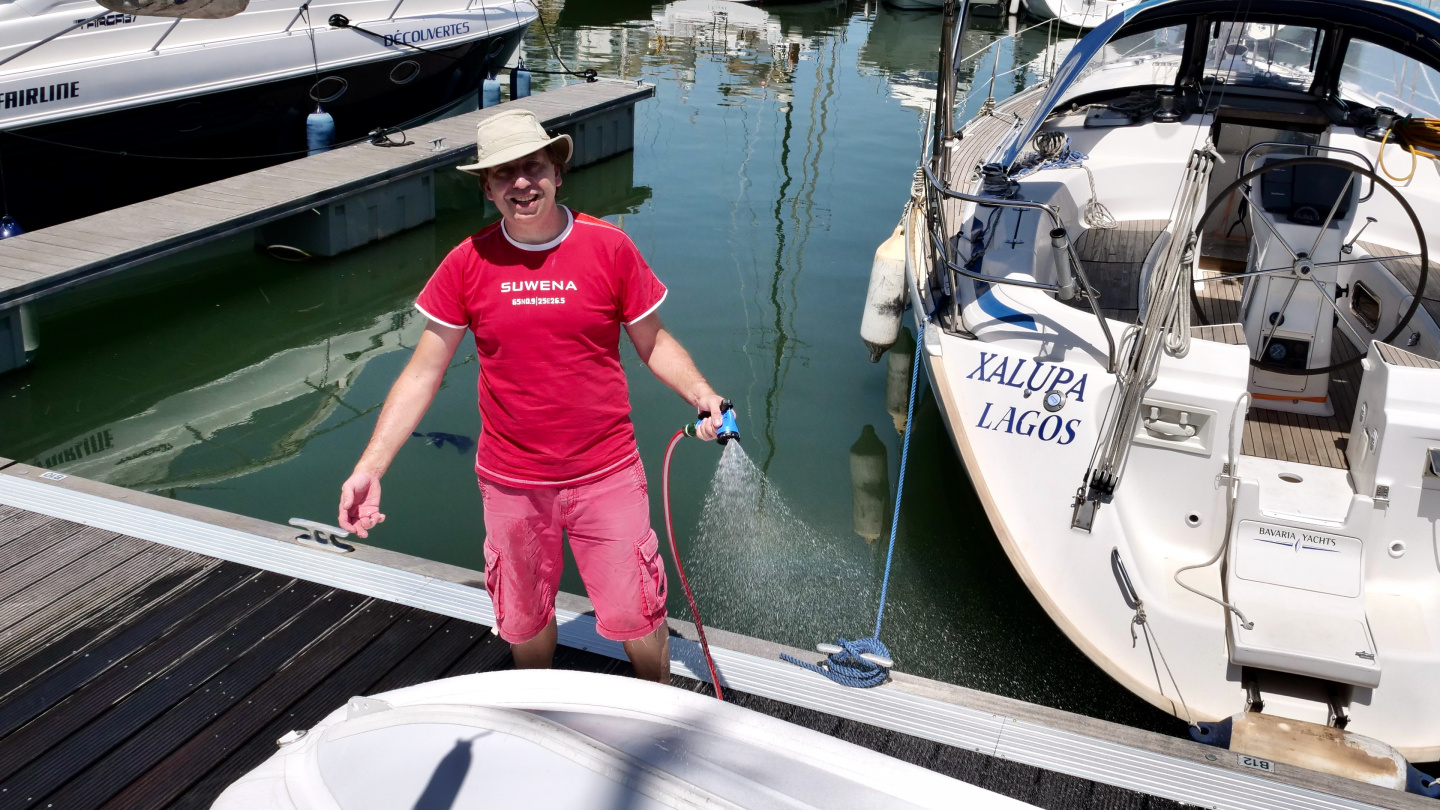
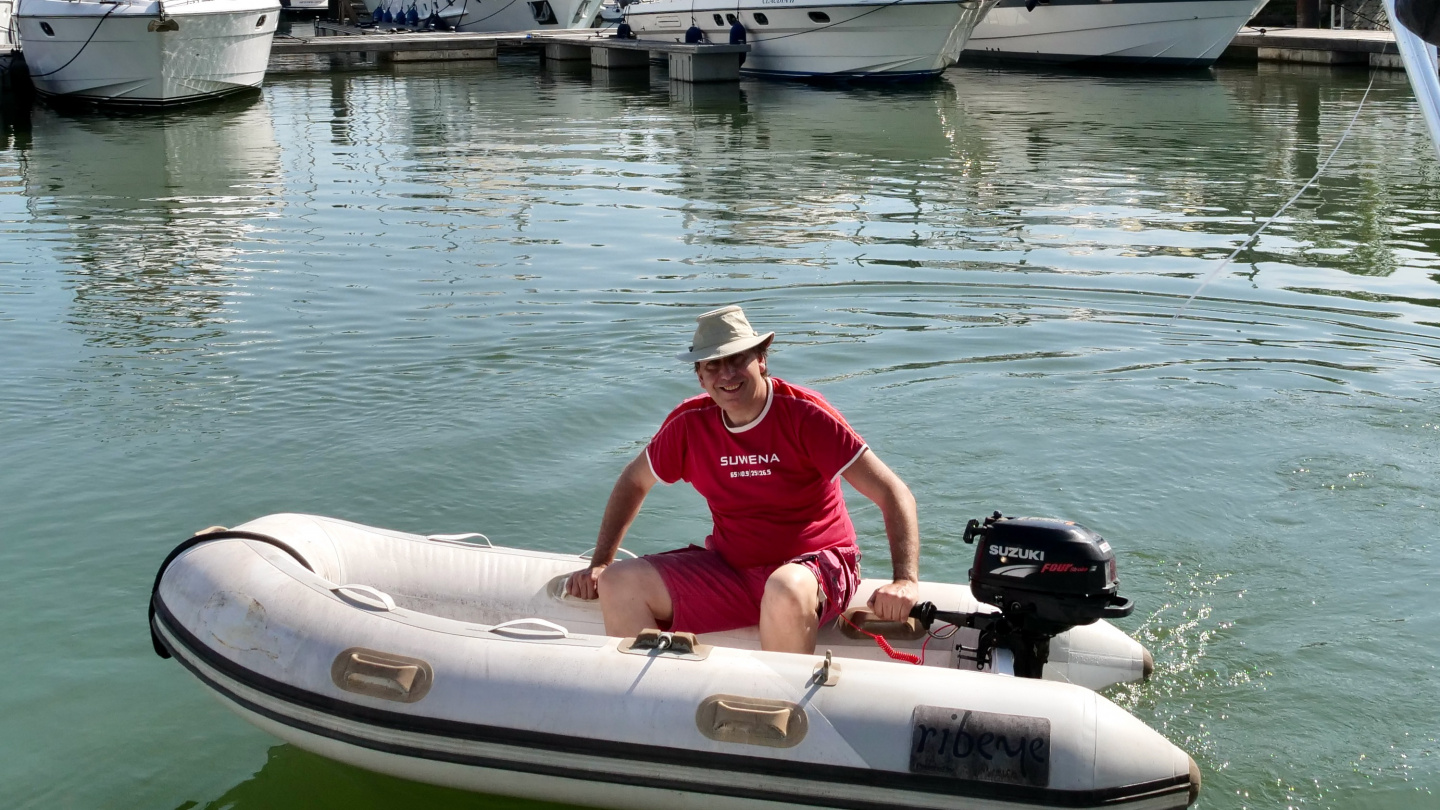
We also have approximately a thousand meters of various lines onboard. During the spring we removed each halyard, sheet, mooring line, and other ropes and washed them in the marina’s washing machine. We have washing bags made of linen, a little like big pillowcases with zip, that are a great help when washing the lines.
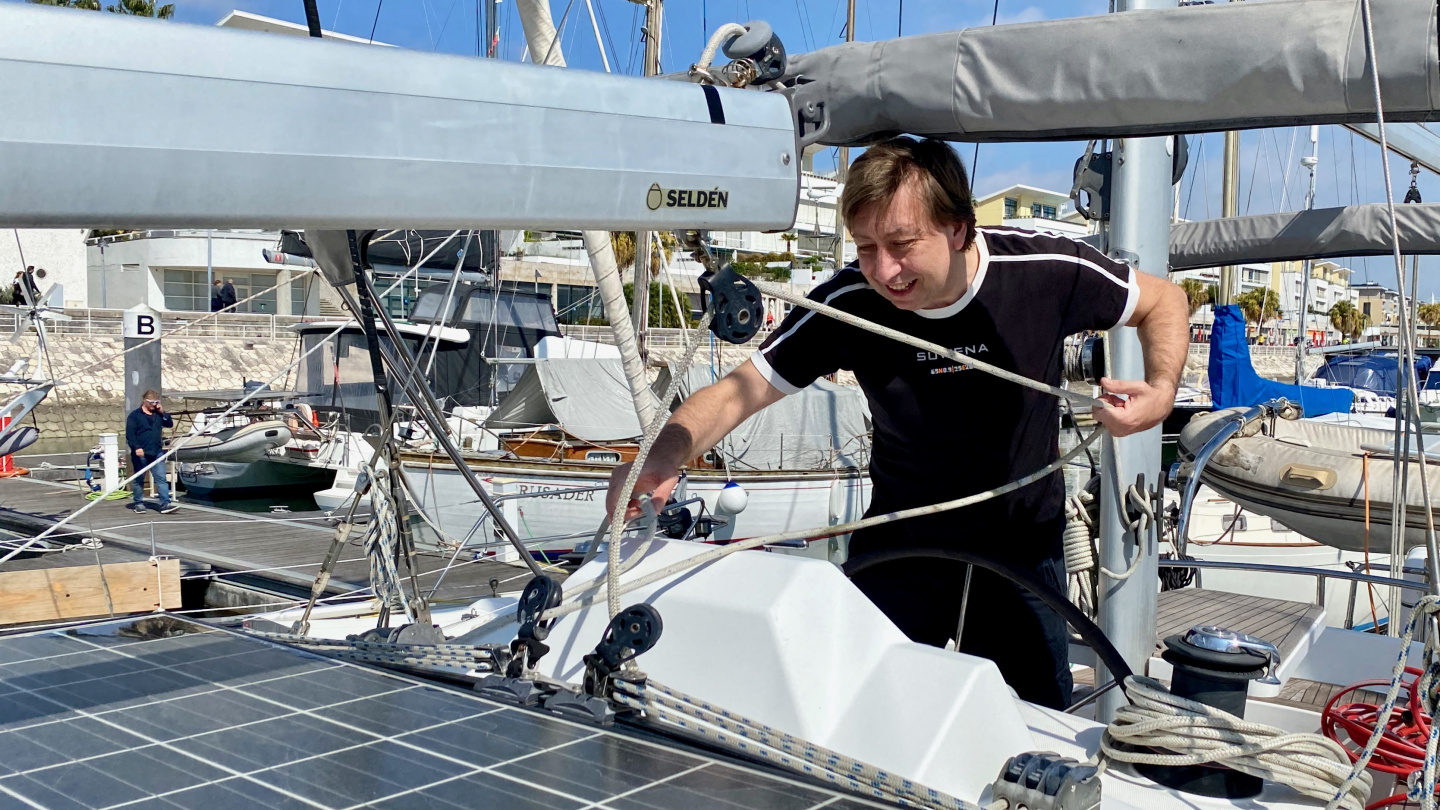
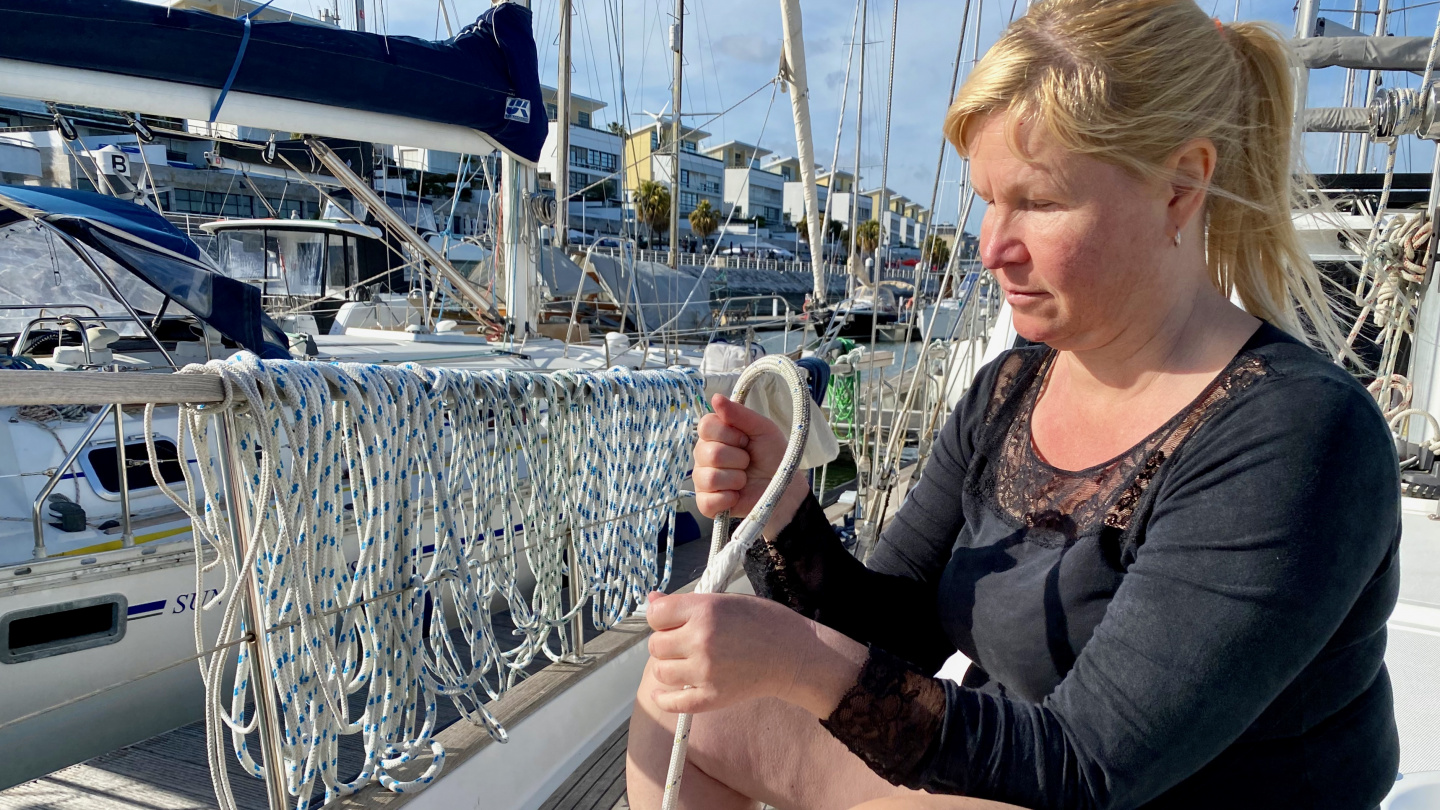
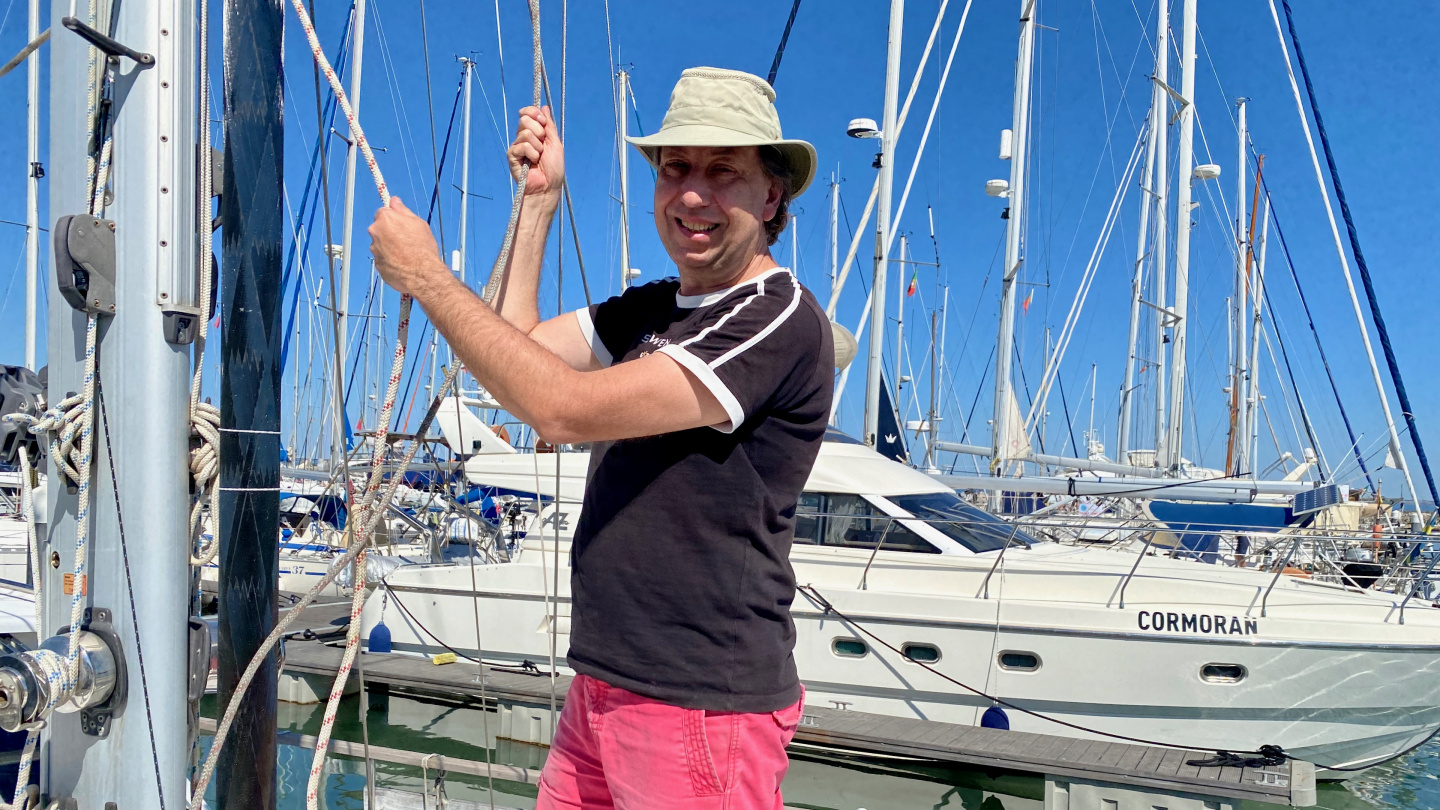
Our recommissioning task list was long, in addition to normal spring maintenance chores we made a thorough boat check for making sure that she is seaworthy for sure. And of course, as we checked an item off the list, another thing appeared. Like on one Sunny day Andrus opened the aft cabin roof hatch for the first time. Well, the hatch opened indeed, but also the size of the opening increased as the glazing came off from the frame. No can do, another task, to scrape off the old sealant and fix the glazing back with Sikaflex. Fortunately, the beginning of May was Sunny, so it did not rain directly into our bed. This spring was the longest we have ever spent preparing her for the summer cruise after the winter.
Overall, there were quite a few broken things. The service batteries were toast. These are already the fourth set of AGM batteries in 11 years, and they are not cheap. Andrus had a good idea. Instead of buying marine batteries that have an increased “boat price”, Andrus ordered batteries from a company making solar panel renewable energy systems. The price of four AGM-batteries was about half. At the same time, we also ordered a new start battery for the generator.
Also, the motor of genoa’s furlex did not function properly. Selden estimated that there is a slight possibility to repair the old one or we need to purchase a motor of furlex’s new generation. We ordered the new furlex and were wondering if it arrive before our planned departure from Lisbon.
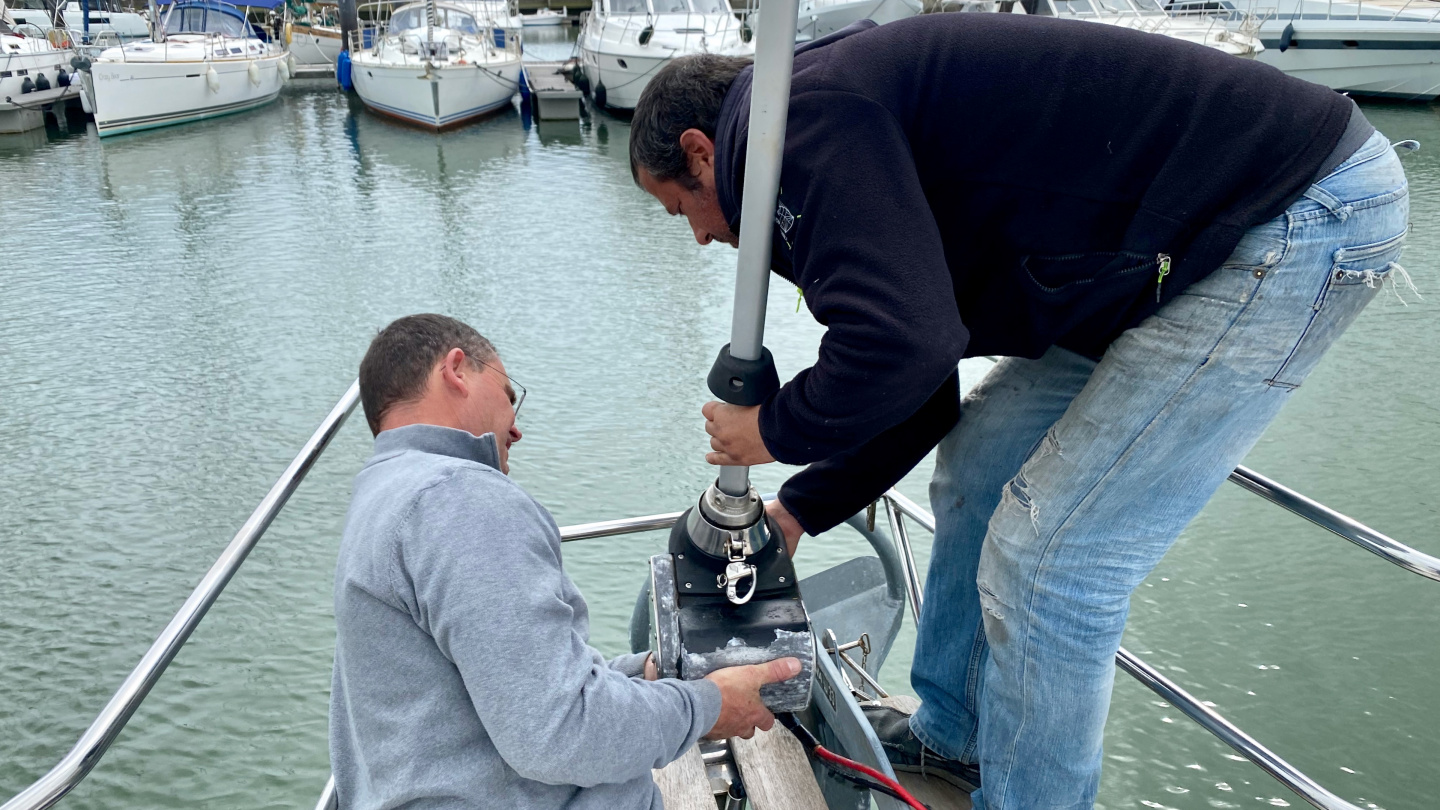
After Andrus had changed the oil in Perkins, he noticed that the voltage regulator of the alternator was broken. The voltage increased to over 30 volts. Engineer from official Perkins distributor took a look and declared that this alternator cannot be repaired because something was “built into it permanently”. He made a proposal to order a new alternator which was rather expensive and had a lead time of two months. Alternatively, we could purchase a copy alternator that was only 50 € cheaper and lead time was 4 weeks. Fortunately, other sailors from the marina recommended someone and then someone and finally local mechanic who fixes farming equipment replaced the voltage regulator in the alternator in less than 24 hours. One small box almost delayed Suwena’s departure completely.
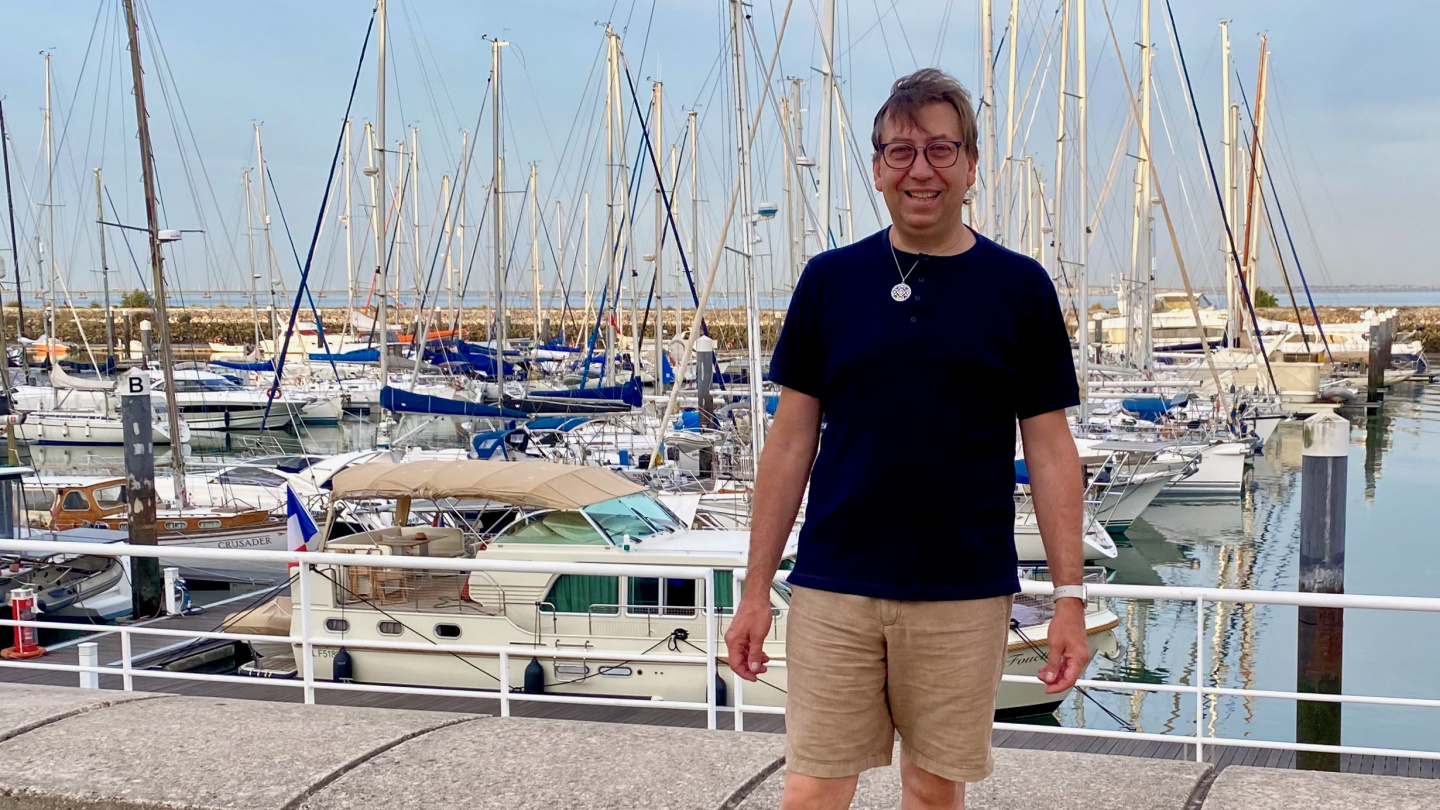
And for last we need to mention the broken refrigerator. Fortunately, it can be repaired during the upcoming boatyard visit. We got rather worried because the whole time we had been dreaming about week-long visits to anchorages and how we can manage without the working fridge?
The whole May was full of long days of various chores for preparing her to the haul out in the boatyard and finally this day also arrived, indeed.
